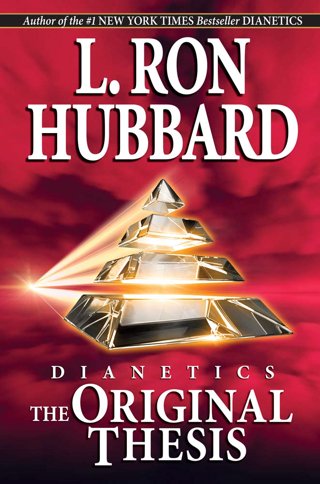The 8-Second Trick For Dianetics
The 8-Second Trick For Dianetics
Blog Article
The Ultimate Guide To Dianetics
Table of ContentsSee This Report about DianeticsThe Basic Principles Of Dianetics The Ultimate Guide To DianeticsAn Unbiased View of Dianetics
I couldn't ever not want to receive anything that comes to mind for you- if it was or else, I would not be sitting below with you, doing this. I not just might never have a trouble, or otherwise wish to listen to something that comes to mind for you, but I'm entirely anxious to understand every idea, every thought, every photo or feeling that arises or materializes for you- do not ever before think otherwise, and if for some reason you do, please simply allow me know! Occasionally, you might have an idea, and picture, idea or case turn up that does not appear to respond to the question, or connect to it, yet nevertheless, constantly do inform me about it, and as we continue, the relevance will arise for you.This is fundamental in the basis of handling, and the subject of this discussion: the basic functions of the counselor and the customer: The fundamental duty of the therapist is, as opposed to "standard training", not to manage, which indicates to impose and/or inhibit, but to instead work from the basis of EMPOWERING THE CUSTOMER.

Facts About Dianetics Uncovered
John Mcmasters shared this fundamental reality splendidly well in among his lectures on Power processing, wherein he clarifies exactly how he was asked what this "unique knack" was that he had for offering such great sessions; he had to think of that for a moment, and spotted that it was what he had not been doing, in addition to what he was doing: he had not been examining, judging, computing, or as a matter of fact, generating any kind of ideas, let alone verbal expressions, after providing the command and while awaiting the computer to finish their solution to their satisfaction; he was, simply and only, being existing with the computer, and totally interested.
The duty of the counselor, showed; that was his "unique knack". I have had my own experience which taught me this well, really early in the video game. In 1982, having actually recently finished my training and teaching fellowship on New Age Dianetics, I was running this on a PC, and there was a factor in the session where (being a little bit damp behind the ears not yet having several hours under my belt as a professional auditor) the computer seemed to be "taking as well long" to reveal anything verbally after I offered him a command.
This trick transformed out to be one of the Read Full Report most important contribution that John ever made to the subject of treatment or auditing (Dianetics). In my humble opinion, it is the greatest payment that any individual has actually ever made to these subjectsthe application is completely non-judgemental, non-evaluative, and lacking any type of recommendation, suggestions or opinion.no preconceived program for people, or 'degrees' that they must do
In Scientology we prided ourselves on not reviewing for people. All that truly implied was that the auditor did not Vocally evaluate for the PC in session.
6 Simple Techniques For Dianetics

Any individual that had actually ever seen John audit could not help however notice a distinct top quality in his bookkeeping."The client's basic function is to be there with the purpose of relocating the instructions of their spiritual objectives, and to easily and totally express and experience whatever materializes for them in answering the questions and executing the directions in the handling.
This is something to process as needed. Likewise, individuals often have previous experience and/or brainwashing in auditing/processing which, in some methods, and to some degrees, in fact misguides them into attitudes, concepts and actions patterns that protect against the full understanding of these roles, and so they will have a tendency to prevent the expressing of what comes to mind, as in the examples offered above - Dianetics. * The very first, and probably foremost examples of mis-indoctrination causing much less than totally smooth and reliable sessions, can be discovered in particular elements of the training regimens, or "TR's":"TR's" are commonly a person's very Website first, or at least early, experience in Scientology, and while I will go on to discuss what I see as the flaws in concept and method, however, tend to be greatly restorative, done as they are offered (Hubbard firmly insists that "TR's are not processing, they are educating", but factually, they are both handling AND training)
Alan Walter made comparable monitorings, and improved these with his "Visibility Processes". There is no "flunking", and no denial of the truth of this being handling. The focus, as it should be, is on experiencing the other person's visibility. All the symptoms which obtain a "fail" in doing "TR-0" are merely the being's efforts to stand up to the various other person's presence, and instead of being bothered and nagged with "Flunk", which imposes "failure!" on the being, one just needs to be urged to "stick their feet in the water a little deeper", to increasingly rehabilitate their capacity and desire to completely share and experience "being here", or "presence", with others.
The Ultimate Guide To Dianetics

Report this page